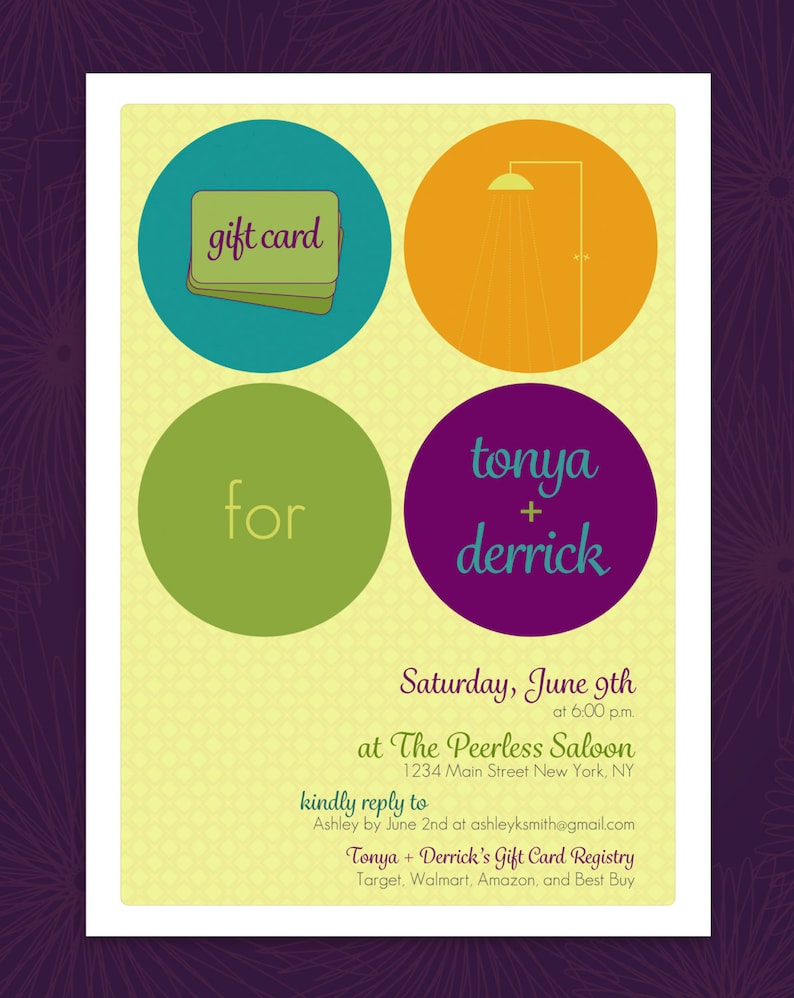Engraved glass is a type of enhanced glass wares that entails shallowly inscribing the surface area of the glass. The etching differs from reduced glass, which is made by utilizing a sawing movement to produce shapes in the glass.
Laser etching can produce carefully engraved images on glass, however the outcome can frequently feel harsh to the touch due to small fragments of glass remaining externally. Amy shares some techniques she has learned from working with Epilog lasers to stay clear of these problems:
1. Hang it on the Wall
Typically, individuals reward glass for its beauty and elegance. Nonetheless, it is a heavy and fragile material to work with and need to be thoroughly taken care of in order to protect the item for many years to come. To show your engraved glass, try to find hooks, brackets or installs that are especially developed for this objective. These can be discovered at equipment or art supply stores.
To lower the possibility of damages to your glasswork, apply a dampened solitary layer of paper towel to the surface area. This will protect against air bubbles or overlaps from impacting the engraving outcome.
One more alternative is to utilize application tape. This will certainly also assist in decreasing the area of your workpiece from ending up being harsh. Furthermore, you can explore various visuals handling setups for laser inscription glass. For instance, you may find that a higher power establishing works better with a reduced dpi, as this can lessen the possibilities of sharding. You can additionally try transforming solid locations of fill to grayscale, as this will certainly lower the warmth affected zone.
2. Position it on a Table
Glass engravings add an innovative look to any type of room and can be used for a range of objectives. To make your glass engravings stick out, think about frosting the surface area or including a paint fill to amplify the design's exposure.
Prior to running a laser etching work, it is essential to check the rate and power setups on the type of glass you will certainly be making use of. These refinements will permit your device to generate the appearance you want while lessening threats of mistakes and damage.
Including dampened paper towel or application tape to the surface of your workpiece prior to lasering can assist with warm dissipation, protecting against the glass from becoming rough.
You can also try altering your graphic shade to 80% grayscale in order to additional separate the dots and reduce any kind of fracturing that might happen during the engraving procedure. By integrating these methods, you can accomplish near perfect outcomes on a variety of glass items.
3. Put it on a Stand
The process of laser inscription glass calls for a good deal of precision. Engraving on curved surface areas like containers and stemless glass is particularly difficult as a result of imbalance long-term care of glass concerns. A jig or clamp aids to maintain the things and make sure appropriate positioning.
It's likewise crucial to choose a high-contrast style with bold lines and clear sides for the best outcomes. Utilizing software application tools to readjust comparison and brightness can aid attain these goals. In addition, it's an excellent concept to check your styles on scrap glass before engrave the actual product.
Adding a layer of dark paper to the surface of the glass before etching decreases chipping and boosts the general top quality of the final product. In addition, a moistened single-layer of paper towel externally of the glass can lessen impacts from warmth on large surfaces. A rotating accessory is also advised for round products, such as bottles. This tool assists to support the work surface, reducing resonances that can influence the accuracy of the laser's alignment.
4. Put it on a Floor
A straightforward method to display personalized glass is by putting it on the floor. This will provide the engraving an extra dramatic result, as it will be visible from all instructions. Engraved glass can additionally be hung from a ceiling for a much more unique result.
While conventional methods of etching glass need physical contact and might harm the surface area, laser etching is a non-contact process that enables the creation of complex and detailed layouts. Epilog Laser devices are straightforward and come with instinctive software application that makes it very easy for anybody to develop an one-of-a-kind creative design.
Prior to lasering, the glass needs to be cleaned completely. Using a thin coat of unmixed recipe soap to the area that is going to be etched will help protect against damage from heat, as it dissipates the power produced during the etching procedure. In addition, using the rasterization type "Purchased Dithering" in your laser software application will lower the chance of any rough areas on big surfaces and will certainly boost total clarity.
